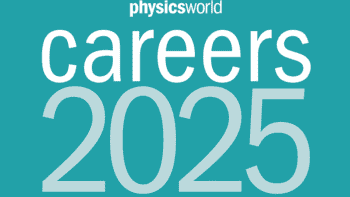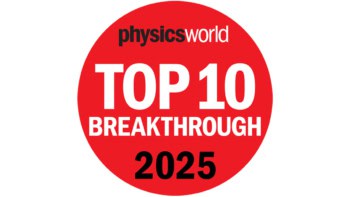Visualizing data really has come a long way. It may have started with geniuses like Galileo mapping the movement sunspots as a series of sketches, but four centuries later it is all about supercomputing terabytes of data. “A graphic message has to hit you between the eyes,” said Alyssa Goodman, who was moderator at the symposium Seeing Science.
Chris Johnson — the director of the scientific computing and imaging institute and faculty member of the department of physics at the University of Utah — spoke of a “golden age in scientific computing” that we are now entering. He has the undesirable job of presenting the results of supercomputer simulations in an intuitive form.
In the past, video simulations would have simply rendered the main parameter — let’s say, temperature — as colour varying with 3D position. But it would be difficult to tell from this alone whether the simulation is correct. After all, the colour of a real fire doesn’t just result from temperature, it results from all sorts of other physical processes such as falling shadows and the scattering of light. Johnson’s group adds these processes into the simulation output. “Adding information can make 3D models easier to comprehend,” he said.
After the talk, the man sitting next to me jumped up and proclaimed that Johnson’s presentation proves that art is integral to science. He certainly has a point: many of the images from the symposium looked fit to be put in an ebony frame and hung on the wall. But Felice Frankel of Harvard University, author of the recent book Envisioning Science, was cautious about making a connection: “People can confuse beautiful art with science, which can be dangerous.”


